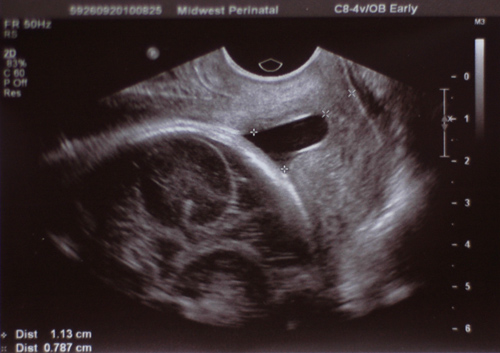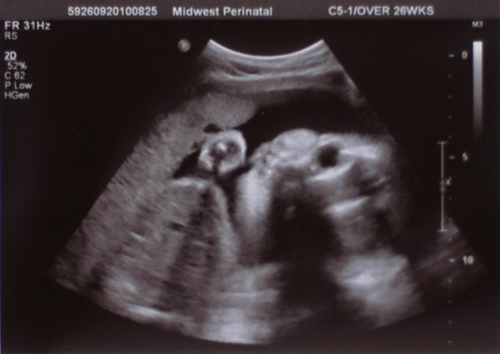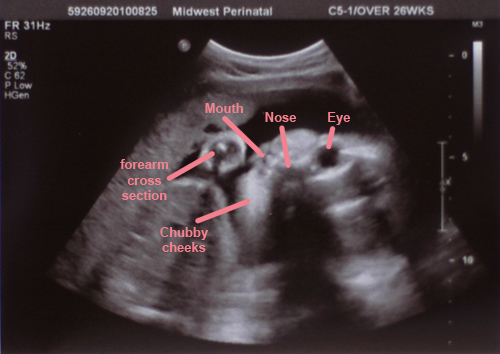Sleep is a wonderful thing! Matt took total care of the baby from Friday evening all the way to Sunday morning--including the night feeds. Boy do I feel wonderful! I didn't even mind doing the dishes today. I feel like a whole new person and totally capable of taking on the next week. It's so good to have Brynn home and to know that my life has finally gone into the next phase. We're "real" parents now, living the "real" role--sleepness nights, fussiness and all. I love it--even more than I thought I would (especially now that I'm well rested)!
To address a couple of things that have triggered a flood of thoughtful and appreciated advice, let me clarify.
First, the NG supplies:
Before anyone thinks the NICU is incompetent, the Home Health company is ignorant, or the Insurance department is crooked, let me explain: the issue is not about whether I can get supplies. The issue is whether I can get
matching supplies. It'd take forever to explain but if anyone is to blame, it is the the medical supply companies (aka Apria). Bottom line is, they organize their parts by reference number only. The nice phone staff have no way of accessing the product name or description without this magic number. Therefore, they have no way of sorting through 150 items titled "NG tube."
I have no way of accessing this magic number, though, without already having the part in my hand with the packaging that says so. I have all the part numbers from the NICU pieces, but no medical supply company covered by my insurance deals with the same manufacturer as my NICU. Thus, I have no reference number for a part
that they carry. I've exhausted all my ideas (i.e. internet and calling different companies) for finding magic numbers to parts that Apria (or several other medical supply companies) might carry--all to no avail. They've sent me several supplies, but nothing coordinates with anything else.
So, I could go back to the NICU, sure . . . but how many times can a person ask for free supplies? I've tried asking for special orders from Apria and like companies, getting the Doctor's office to order them for me, and ordering them myself but each one presents new problems that so far I have not been able to surmount.
Thanks to some wonderful suggestions by preemie- and medical-savvy friends, I have a few more tricks up my sleeve. 1) See if the NICU and/or hospital can order them for me and then bill my insurance company; 2) see if the Home Health company has at least the reference numbers for NG supplies that would fit Brynn, fit each other, and be available through any one of the five medical supply companies covered by my insurance; 3) Beg the NICU for an NG one size larger and continue using my current supplies; 4) Buy them myself and suck up the additional cost that the insurance won't cover if I do so. Hopefully one of these will pan out. I'm sure Brynn won't actually starve.
Second, the G-Tube:
The therapists have informed me that it is quite common for babies to backslide once they get home. This is because they grow--their mouths get bigger, tongues get leaner, cheeks get thinner and the result is that they have a harder time controlling all the liquid in their mouths. Some spills out the front and they drool all over the place while much of it drains, uncontrolled, to the back of the throat. The babies feel like their airways are under constant attack. Some babies will aspirate (get milk in their lungs), so I'm actually quite lucky that Brynn will protect her airway by coughing, gagging, and wheezing.
Although growth is at first your worst enemy, eventually it becomes your best friend. They learn to coordinate their tongues to not only suck, but also to swallow. Brynn, however, is in a catch-22 right now. She's always had trouble sucking--but now she doesn't dare practice her developing skill because each time she has a good suck, she gets a mouthful of milk she can't control. Every time she looks like a deer in the headlights, coughs, gulps, and often cries. Her solution? Lick, don't suck.
The therapists' solution to help with the swallowing/liquid control is to thicken the milk (a product called "Simply Thick" is the best one for breastmilk and helps to not cause constipation like rice cereal, which is often used). The solution for the sucking is what it has always been--practice and tongue exercises. The great thing about the thickener is that Brynn has to suck harder to get it out of the nipple--and even then she only gets as much as she can manage to control and swallow. However, the worst thing about the thickener is that Brynn has to suck harder to get it out of the nipple. She can barely suck as it is.
Understandably, her overall oral intake has plummeted.
Eventually, we will thin the milk in tiny increments until Brynn feels confident with straight breastmilk. In the meantime, Brynn doesn't dread eating as much as she used to because she's not coughing the whole way through. Thus, she's more willing to practice sucking.
This begs the question, though, how long will it take until she is 100% oral? The answer is, we don't know--but its looking like it'll be closer to several months than several weeks. And this new timeframe has brought up the question of the G-Tube.
The only real benefit of an NG tube over a G-Tube is that it can be inserted without surgery and therefore becomes a good option for short-term feeding problems. Compared to the G-Tube, though, everything else is a drawback.
Insertion of the NG tube has to be done every 4 days to give each nostril a break, if it is being used consistently. If it is not being used consistently, it has to be removed and then reinserted the next use (or it will clog). So basically, if Brynn gets to where she can take full feeds for a day, but then is too tired the next, the NG has to be removed the first day and re-inserted the following day. Removal and reinsertion causes trauma to the throat and nose, making swallowing even harder. And worse, Brynn screams the whole time I have to insert one--this creates more negative oral experiences and makes it harder for her to associate the idea of oral stimulation with pleasant, happy things. This, obviously, leads to less of a desire to eat by mouth.
The G-Tube, on the other hand, is a quick surgery, put in under sedation (no remembered trauma), and can be flushed with a small amount of water to keep it operative if it is unused for long periods of time.
One other drawback of the NG tube is that even if it is already inserted, it still irritates the nose and throat, makes swallowing even more difficult, and makes each oral attempt that much less appealing to babies like Brynn who struggle so much with it.
Wondering if the simple presence of the NG is 90% of Brynn's swallowing problem caused me to ask the therapists what they thought about the G-tube. To my surprise, they were relieved I would be open to it. They said that most parents see it as a huge step backward but in all reality, it weans much faster than an NG. They also said that many parents, after
finally consenting to a G-Tube, later say they wish they had done it sooner.
So, I'm doing it sooner rather than later in the hopes that 1) she'll get to oral feeds
faster and 2) she'll be less traumatized. The fact is, though, that it takes a long time to get into the GI specialist and then onto the surgery schedule. If Brynn is super close to 100% oral by then, of course I'll stick with the NG. Afterall, she was on the PDA surgery schedule twice, only to be removed at the last minute!
All in all, I want to do what is best for Brynn's oral outcome and emotional well-being.
Still optimistic though,
Natalie





















